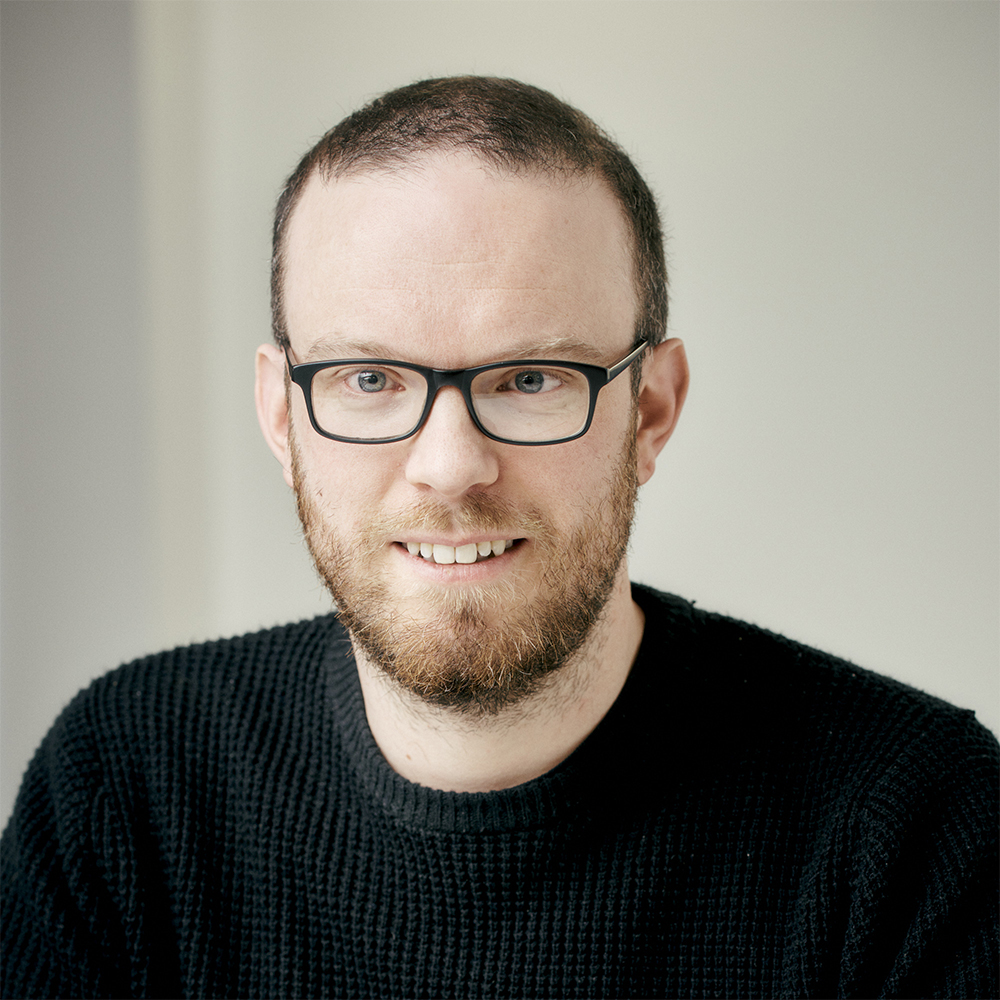The director of an observatory in one of the darkest regions of the UK is celebrating after his shot of the Milky Way was used in 28 Years Later, which is released today.
28 Years Later is the latest zombie horror film by director Danny Boyle, and is the third in the trilogy, following on from 28 Days Later (2002) and 28 Weeks Later (2007).
Astrophoto tips

It takes place 28 years after the 'Rage' virus ravaged Britain in the first film, and now a quarantined island community – separated from the mainland only by a causeway – is working to keep themselves safe.
Dan Monk works at Kielder Observatory in Northumberland in the UK, and produced an image of the Milky Way stretching across the night sky, after the observatory was approached by the film’s visual effects team.

The team was searching for dark-sky images captured over Northumberland, to be used in a night-time action sequence that takes place on Holy Island causeway in the northeast of England.
"They initially reached out for advice on night photography," Monk says
"They were thinking of sending their team up to Kielder Observatory, but I offered to capture the images myself, and they were happy with that."
Monk is an experienced astrophotographer who spends many a night under the stars around Northumberland, which has some of the darkest skies in Europe.
In 2013, Northumberland National Park and most of Kielder Water & Forest Park became England's first International Dark Sky Park, accredited by DarkSky International.

Capturing the image
Monk spent several nights photographing the dark skies and the Milky Way stretching overhead.
He captured 36 separate images that he then used to produce a composite image showing a 360° panoramic view.
"I adjusted the image based on a reference provided by the visual effects team, matching the colour palette and visual tone to reflect the cinematic style of Danny Boyle’s film," he says.
"It’s really exciting to see it all come together on the big screen, especially with other parts of the North East featured too."
Monk and his colleague Dan Pye then visited the film set to watch the Holy Island causeway being shot, where one of the 'infected' is chasing the central characters.
“[Danny Boyle] was absolutely lovely," Monk says.
"Watching him work, making these subtle but impactful changes to scenes, was an incredible experience. It was a real privilege to be there."
Monk's image was used to produce the foundation for the night-sky sequence in the movie, and was later enhanced by the visual effects team.
Dan Gascoyne, lead visual effects supervisor for Union VFX, said: "The skies shot formed the base for a magical clear sky during night scenes. We did embellish these beautiful photos, but they were inspiring.
"Kielder offered us a perfect and unique window to the night skies due to the rare absence of light pollution. It’s been a real wonder to behold."
"I was lucky enough to see a preview of this thrilling film at Jam Jar Cinema in Whitley Bay," says Leigh Venus, Kielder Observatory CEO.
"The action sequence Dan’s images were used for was beautiful, and we’re proud to have contributed to this incredible work which showcases so many stunning North East locations."

